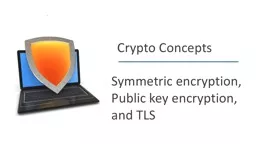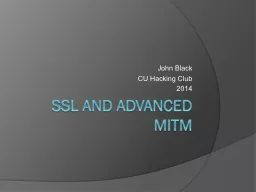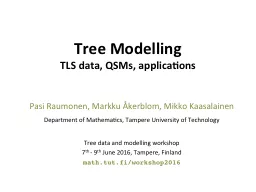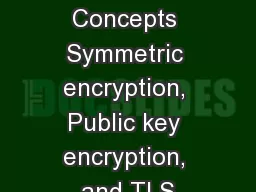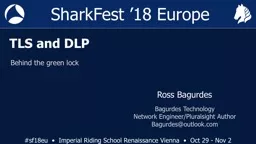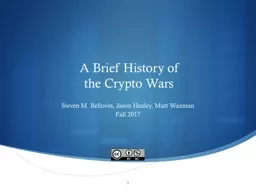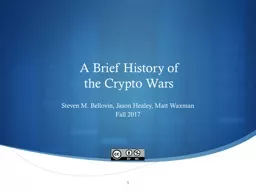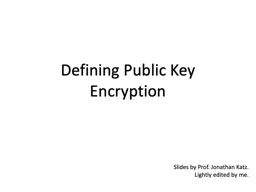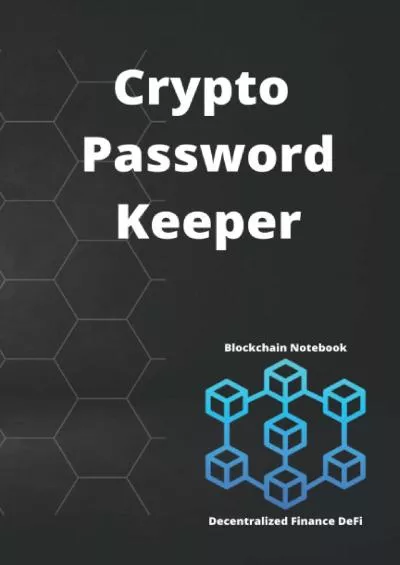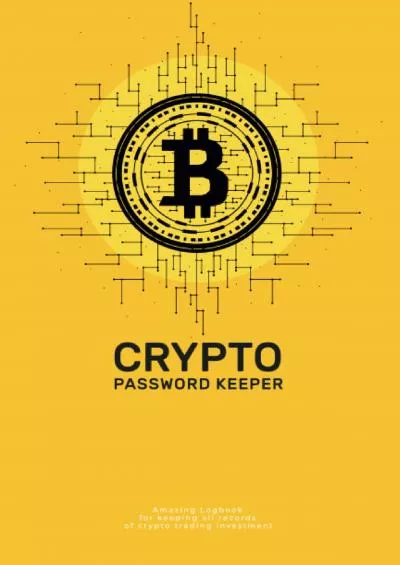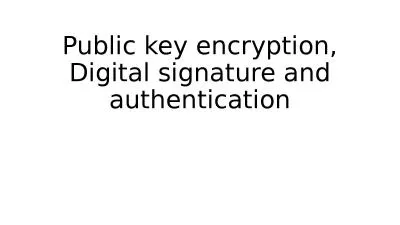PPT-Crypto Concepts Symmetric encryption, Public key encryption, and TLS
Author : briana-ranney | Published Date : 2019-11-01
Crypto Concepts Symmetric encryption Public key encryption and TLS Cryptography Is A tremendous tool The basis for many security mechanisms Is not The solution to
Presentation Embed Code
Download Presentation
Download Presentation The PPT/PDF document "Crypto Concepts Symmetric encryption, Pu..." is the property of its rightful owner. Permission is granted to download and print the materials on this website for personal, non-commercial use only, and to display it on your personal computer provided you do not modify the materials and that you retain all copyright notices contained in the materials. By downloading content from our website, you accept the terms of this agreement.
Crypto Concepts Symmetric encryption, Public key encryption, and TLS: Transcript
Download Rules Of Document
"Crypto Concepts Symmetric encryption, Public key encryption, and TLS"The content belongs to its owner. You may download and print it for personal use, without modification, and keep all copyright notices. By downloading, you agree to these terms.
Related Documents

